Potrebujeme váš súhlas na využitie jednotlivých dát, aby sa vám okrem iného mohli ukazovať informácie týkajúce sa vašich záujmov. Súhlas udelíte kliknutím na tlačidlo „OK“.
ASTM E987-88(2009)
Standard Test Methods for Deglazing Force of Fenestration Products
Automaticky preložený názov:
Štandardné skúšobné metódy pre Deglazing platnosť presvetľovací produktov
NORMA vydaná dňa 1.11.2009
Informácie o norme:
Označenie normy: ASTM E987-88(2009)
Poznámka: NEPLATNÁ
Dátum vydania normy: 1.11.2009
Kód tovaru: NS-48706
Počet strán: 3
Približná hmotnosť: 9 g (0.02 libier)
Krajina: Americká technická norma
Kategória: Technické normy ASTM
Kategórie - podobné normy:
Anotácia textu normy ASTM E987-88(2009) :
Keywords:
deglazing loads, deglazing resistance, doors, sliding glass doors, storm sashes, window sashes, Deglazing force, Loading tests--building constructions/materials, Windows/window assemblies, ICS Number Code 91.060.50 (Doors and windows)
Doplňujúce informácie
| Significance and Use | ||
|
Under normal usage, deglazing loads are generally applied parallel to the plane of the glazing material and eccentric to the sash element when it is opened, closed, or lifted out of the frame. When operating hardware is present, torsional forces may be increased. Opening and closing forces are normally applied from the interior side only. Sliding glass door panels are activated from both sides. The ability of fenestration products to resist deglazing forces may vary with a number of factors. These factors should be considered when selecting test specimens or when interpreting test results. Bedding compounds in newly assembled sashes may not reach full strength until they have been allowed to cure for several days or weeks. Some sash materials are subject to shrinkage at low temperatures and increased elasticity at high temperatures. Therefore, a sash containing these materials may exhibit a range of deglazing resistance due to varying temperature conditions. Normal manufacturing tolerances and clearances in sash members and glazing materials may also affect deglazing resistance. Further, although fenestration products are designed to operate within certain force limits, improper installation, wear, and abuse may increase the forces necessary for sash operation. When determining which members of a given sash shall be tested for deglazing resistance, consideration must be given to the manner in which the sash may be operated when normally installed. Handles and lift devices are usually located on the sash for the convenience of the operator and therefore dictate the normal direction of operation. Test Method A presents a technique for actual measurement of the deglazing forces of an individual sash member. Test Method B presents a technique for measuring the deglazing force of two opposite members. This test method is intended for quality control measurements. |
||
| 1. Scope | ||
|
1.1 These test methods measure the resistance of elements of fenestration products such as operating (or removable) window sashes, storm sashes, and sliding glass door panels (hereafter referred to as sash members) to forces tending to deglaze the construction. 1.2 These test methods utilize concentrated loads applied to the interior side of a sash member in a manner simulating normal opening and closing forces. Removable sashes are loaded to simulate handling for removal and cleaning. 1.3 The values stated in inch-pound units are to be regarded as standard. The values given in parentheses are mathematical conversions to SI units that are provided for information only and are not considered standard. 1.4 This standard does not purport to address all of the safety concerns, if any, associated with its use. It is the responsibility of the user of this standard to establish appropriate safety and health practices and determine the applicability of regulatory limitations prior to use. |
||
| 2. Referenced Documents | ||
|
Podobné normy:
Historická
1.2.2009
Historická
1.4.2008
Historická
1.5.2013
Historická
1.6.2012
Historická
1.6.2012
Historická
1.6.2012


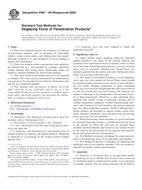
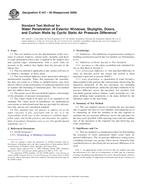 ASTM E547-00(2009)..
ASTM E547-00(2009)..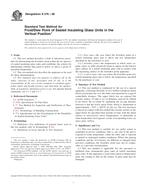 ASTM E576-08
ASTM E576-08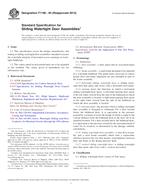 ASTM F1196-00(2013)..
ASTM F1196-00(2013)..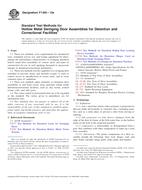 ASTM F1450-12a
ASTM F1450-12a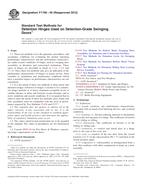 ASTM F1758-05(2012)..
ASTM F1758-05(2012)..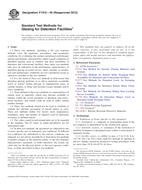 ASTM F1915-05(2012)..
ASTM F1915-05(2012).. Cookies
Cookies
